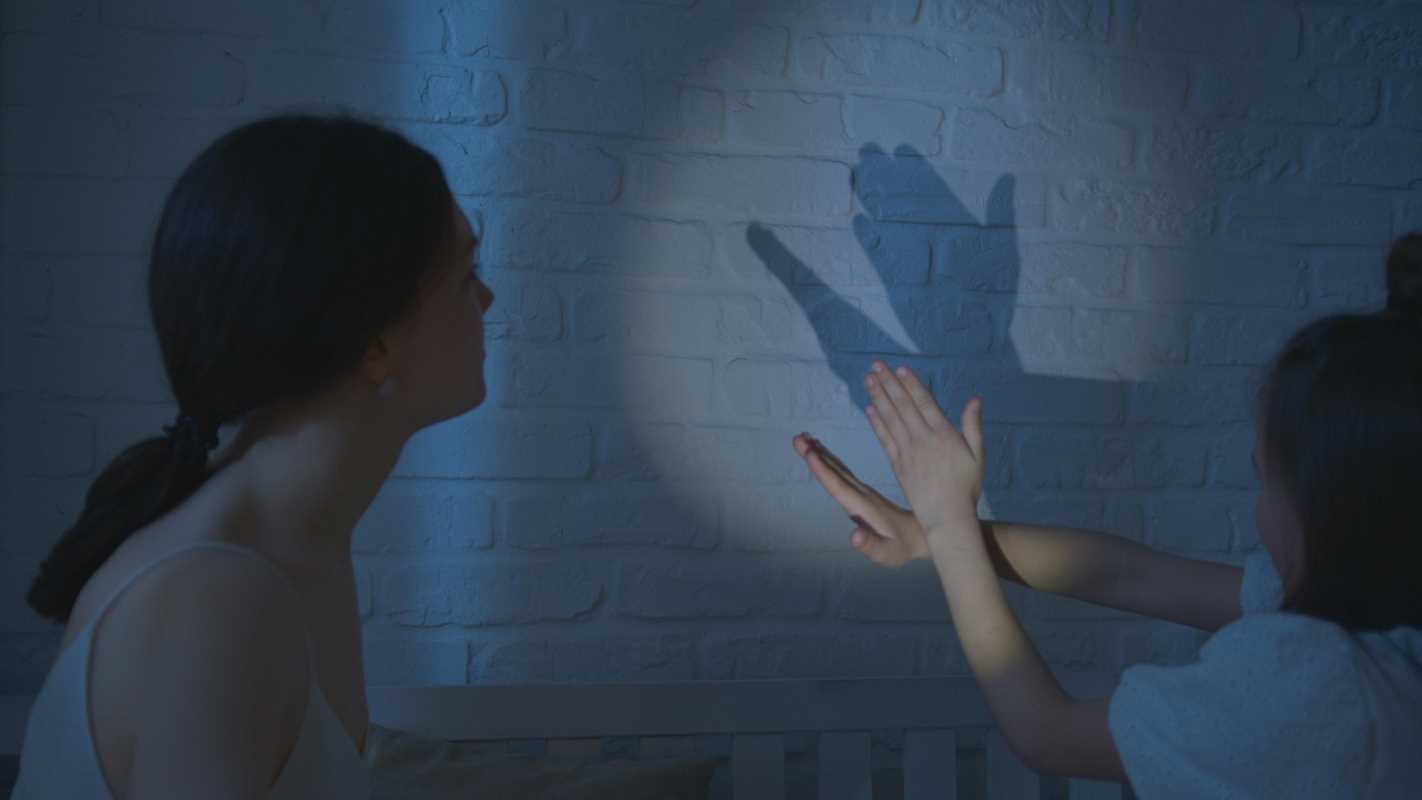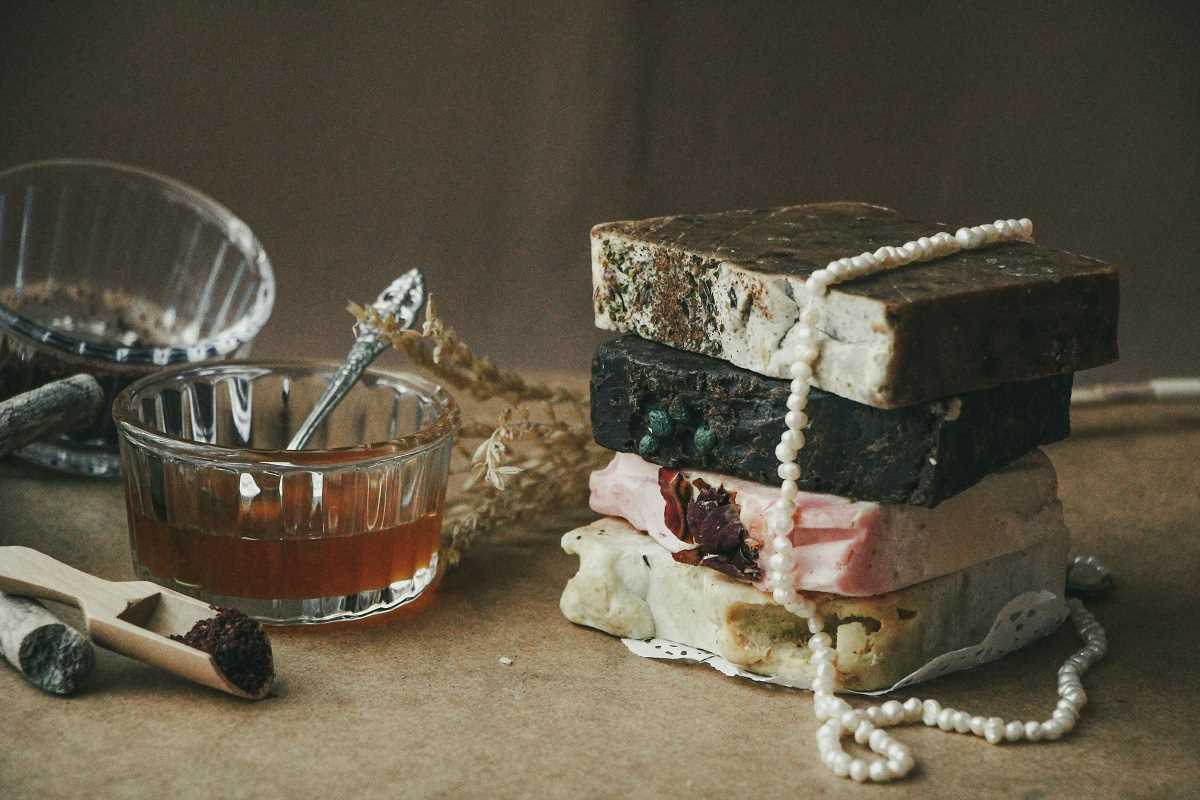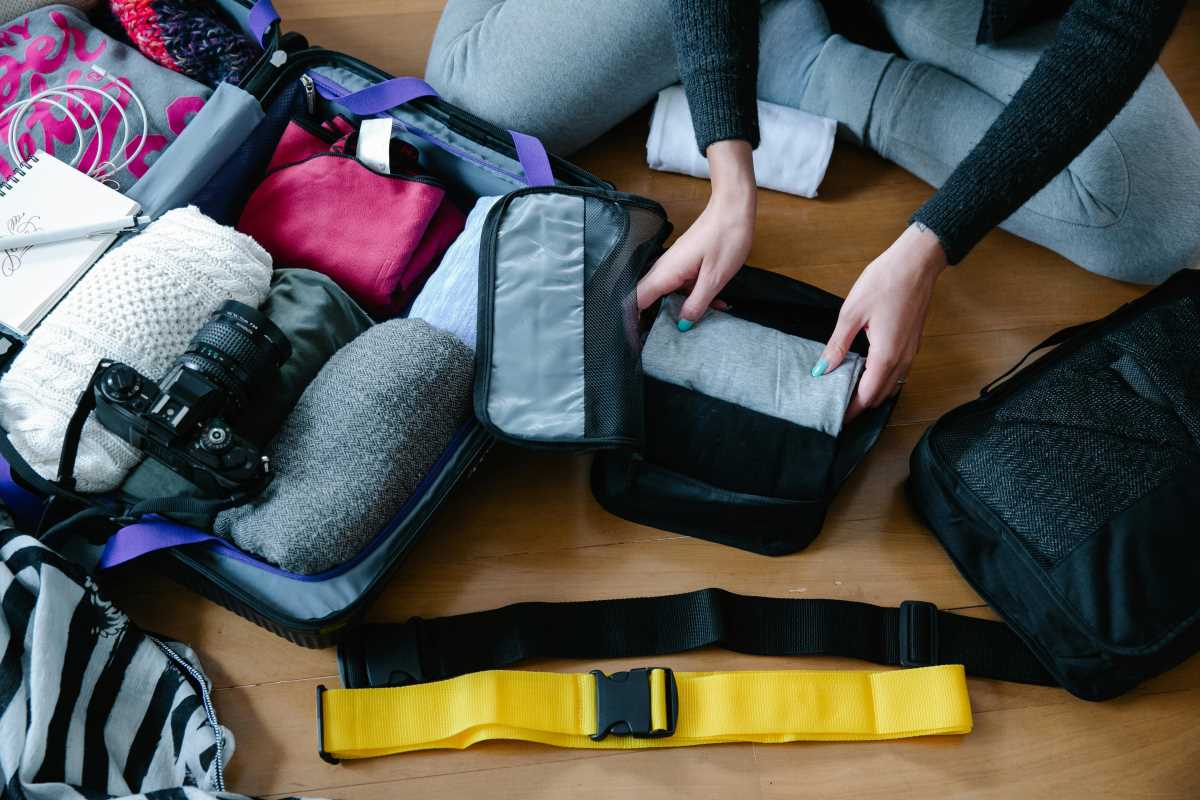Shadow puppetry, with its enchanting blend of light and darkness, has the power to captivate audiences of all ages. This fascinating art form transforms basic hand gestures and carefully crafted cut-out figures into magical tales that dance across illuminated screens. Whether you're looking for a delightful way to spend time with your family or hoping to surprise your friends with a distinctive form of entertainment, creating shadow puppets at home opens the door to a world of creativity and limitless imagination. Dive into this charming pastime and discover how the simple play of shadows can bring stories to life.
Materials Needed
- Paper or cardstock
- Scissors
- Craft sticks or straws
- Tape or glue
- Markers or colored pencils
- A flashlight or lamp
- A white sheet or a blank wall
Basic Puppetry Techniques
- Design Your Puppets: Start by sketching your puppet shapes on paper. Animals, characters, and simple objects work best for beginners.
- Cut Out the Shapes: Carefully cut around your designs using scissors. Smooth edges help create clearer shadows.
- Add Handles: Attach a craft stick or straw to the back of each puppet using tape or glue. This serves as your handle during performances.
- Decorate: Use markers or colored pencils to add details and bring your puppets to life. Keep designs simple to ensure they cast distinct shadows.
- Practice Moving: Hold your puppets against a light source and practice moving them to create different shapes and movements.
Advanced Shadow Techniques
- Layered Shadows: Create depth by layering multiple puppets at different distances from the light source. This adds a three-dimensional effect to your stories.
- Dynamic Lighting: Experiment with different light angles and intensities to produce varied shadow effects and moods.
- Use Transparent Materials: Incorporate translucent paper or fabric to create semi-transparent shadows, adding complexity to your scenes.
- Incorporate Movement: Use strings or thin wires to allow your puppets to move smoothly and create more dynamic performances.
- Sound Effects: Enhance your puppet shows with background music or sound effects to make the experience more immersive.
Creating a Storyline
Crafting a compelling storyline is essential for an engaging shadow puppet performance. Start by brainstorming simple narratives that resonate with your audience. Think about classic fairy tales, adventure stories, or everyday scenarios that can be easily visualized with puppets. Develop distinct characters with clear motivations and create a sequence of events that build up to a satisfying conclusion. Incorporate elements of suspense, humor, and emotion to keep your viewers interested. The goal is to tell a story that captivates and entertains, so let your creativity flow freely.
Setting Up Your Shadow Theater
Creating the perfect environment for your shadow puppet show enhances the overall experience. Follow these steps to set up your shadow theater at home:
- Choose a Dark Room: Select a room where you can control the lighting. The darker the room, the more pronounced your shadows will appear.
- Create a Screen: Hang a white sheet or use a blank wall as your projection surface. Ensure it's smooth and free of wrinkles for clear shadows.
- Position the Light Source: Place a flashlight or lamp behind the screen at a height that allows your puppets to move freely without obstruction.
- Arrange the Audience: Set up seating for your viewers at an appropriate distance to comfortably see the entire screen.
- Test Your Setup: Before your performance, run a few tests to adjust the lighting and positioning for optimal shadow clarity.
For those looking to expand their creative horizons, check out the ultimate beginners guide to mastering underwater basket weaving. While seemingly different, the principles of crafting and creativity apply across all artistic endeavors.
Creating a Storyline
Developing a good storyline is key to making your shadow puppet show engaging. Start by outlining a simple plot with a beginning, middle, and end. Introduce your characters and set the scene in a way that allows for visual storytelling. Incorporate conflicts or challenges that your characters must overcome, ensuring each scene flows naturally to the next. Use dialogue sparingly, relying instead on the movements and interactions of your puppets to convey emotions and actions. Practice your storyline to ensure it runs smoothly and keeps the audience interested from start to finish.
Creating shadow puppets at home combines creativity with storytelling, allowing you to craft captivating performances. Embrace this artistic adventure and let your imagination shine!
 (Image via
(Image via




.jpeg)
